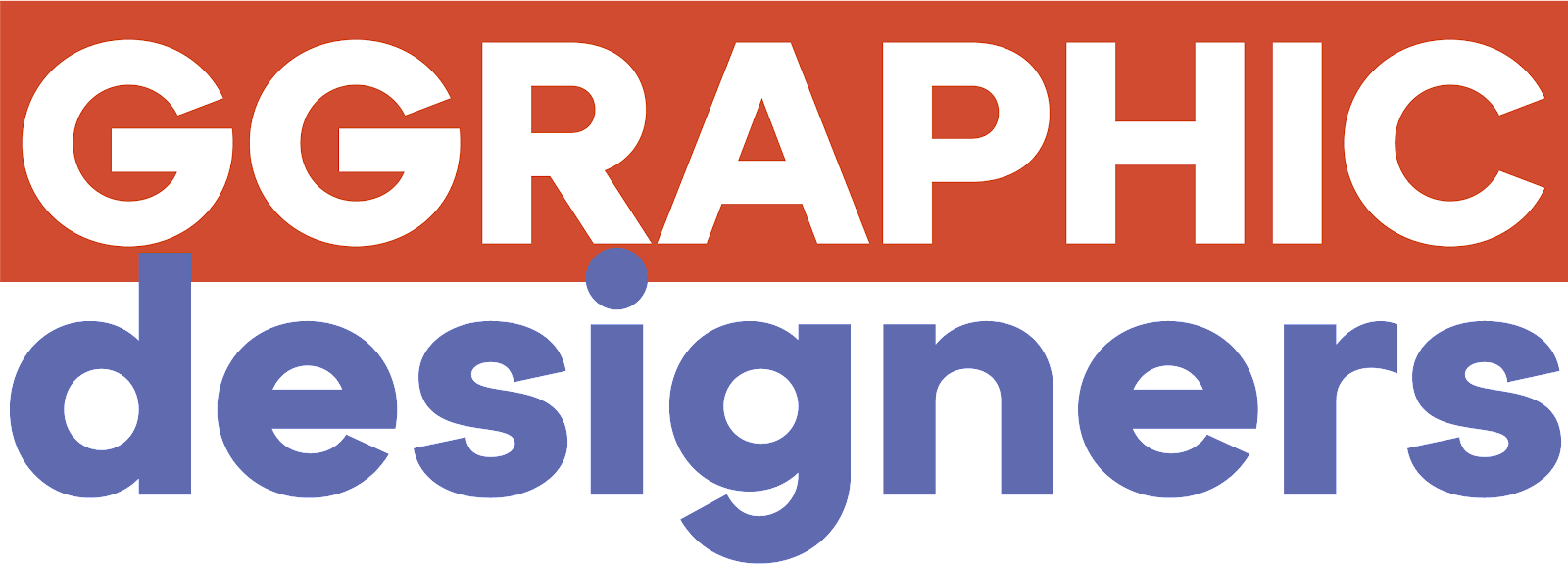What is graphic design?
Graphic design is the art and practice of creating visual content to communicate information to an audience. It encompasses a wide range of activities, including typography, visual arts, and page layout.
Why is Graphic Design Important?
Graphic design is important because it helps convey ideas and information visually and effectively. It enhances the look and feel of products, websites, and other materials, making them more appealing to audiences. It also helps with brand recognition, creating a consistent image across different materials. In this way, graphic design supports marketing, advertising, and other business goals, and can contribute to a company's success.
Graphic design is important because it helps communicate ideas and information visually. It creates a visual language that can evoke emotions, convey messages and improve the aesthetic appeal of products and services. Additionally, it helps businesses stand out, establish their brand and communicate effectively with their target audience.
A Brief History of Graphic Design (Infographic)
Graphic design has a rich history that dates back to the earliest civilizations, where symbols and imagery were used for communication and documentation. Here is a brief timeline of its evolution:
- Ancient civilizations: Use of symbols and imagery for communication, trade, and documentation.
- Middle Ages: Development of calligraphy, illuminated manuscripts, and the printing press.
- Industrial Revolution: The emergence of graphic design as a profession, with the rise of advertising and branding.
- 20th century: Development of new technologies and styles, such as Bauhaus, Constructivism, and Swiss Design.
- The digital age: Proliferation of digital tools and the rise of the internet, leading to new forms of graphic design, such as website design and user experience design.
Overall, graphic design has played a crucial role in human communication and expression, adapting and evolving with new technologies and cultural shifts.
Here are 9 common types of graphic design:
- Logo design: The creation of a visual symbol to represent a brand or company.
- Branding: The development of a brand's visual identity and style, including logo, typography, color palette, and more.
- Print design: Design of printed materials such as brochures, flyers, posters, and packaging.
- Web design: Design of websites, including layout, typography, color, and user experience.
- User interface design: Design of digital products, including software and mobile apps, to improve the user experience.
- Motion graphics: The use of animation, video, and sound to create dynamic visual communications.
- Advertising design: Design of advertisements, including print ads, online ads, and outdoor advertising.
- Illustration: The creation of original imagery for a variety of applications, including editorial, packaging, and advertising.
- Infographic design: The use of data visualization and graphics to simplify and communicate complex information.
How graphic design works
Graphic design involves using visual and textual elements to create visual communications that effectively convey information and ideas. The process typically includes the following steps:
- Understanding the client's needs and objectives: The designer needs to understand the message the client wants to communicate and the target audience they want to reach.
- Research and conceptualization: The designer researches the client's industry, competitors, and target audience to gather information and ideas for the design.
- Sketching and prototyping: The designer creates rough drafts and sketches to experiment with different design concepts.
- Refinement and finalization: The designer refines the chosen design concept, selects colors, typography, and other details to create the final design.
- Presentation: The designer presents the final design to the client for review and feedback.
- Implementation: The designer implements any revisions or changes requested by the client and prepares the design for final production.
The graphic design process can involve a single designer or a team and may use a variety of traditional and digital tools and techniques. The goal of graphic design is to create visually compelling and effective communications that meet the client's needs and goals.
Thank You?

.png)




